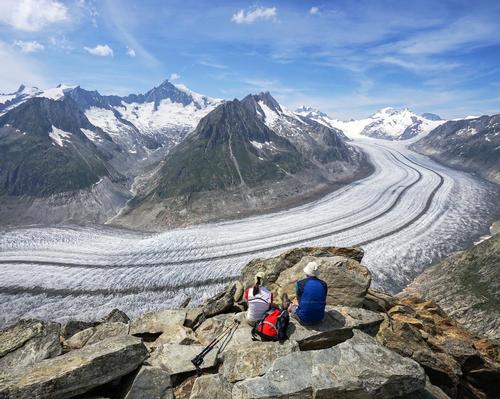02 May 2019
Disappearing glaciers to affect tourism at world heritage sites
BY Andy Knaggs

Many iconic glaciers at World Heritage Sites across the planet could disappear by the end of the century, according to a new report that analyses the impact of carbon emissions and rising temperatures.
This is thought likely to have an impact on tourism and the visitor economy.
The study was jointly authored by the American Geophysical Union and the International Union for Conservation of Nature (IUCN).
It sets out forecasts based on current emissions rates and a low emission scenario.
Under the high emission scenario, it predicts glacier extinction by 2100 at 21 of the 46 natural World Heritage Sites where glaciers are found. Using the low emission scenario, eight of the 46 sites would be ice-free.
The total ice volume lost by 2100 could be from 33 to 60 per cent, depending on the emission scenario.
It warns that Europe's largest glacier – the Grosser Aletschgletscher in the Swiss Alps – as well as Khumbu Glacier in the Himalayas, Greenland's Jakobshavn Isbrae, Los Glaciares National Park in Argentina, the Canadian Rocky Mountain Parks, Olympic National Park in the Pacific Northwest of the US, and New Zealand's Te Wahipounamu, are all set to lose substantial volume or become extinct altogether.
These levels of decline could also jeopardise the World Heritage listing of the sites in question, said Peter Shadie, director of the IUCN.
"States must reinforce their commitments to combat climate change and step up efforts to preserve these glaciers for future generations," he added.
Urgent cuts in greenhouse gas emissions are required, according to Jean-Baptiste Bosson, scientific advisor for the IUCN's World Heritage programme. "This is the only way of avoiding long-lasting and irreversible glacier decline and the related major natural, social, economic and migratory cascading consequences," he said.
The authors of the study have also developed the first-ever inventory of glaciers on the Unesco World Heritage list, documenting around 19,000 glaciers.
Close Window